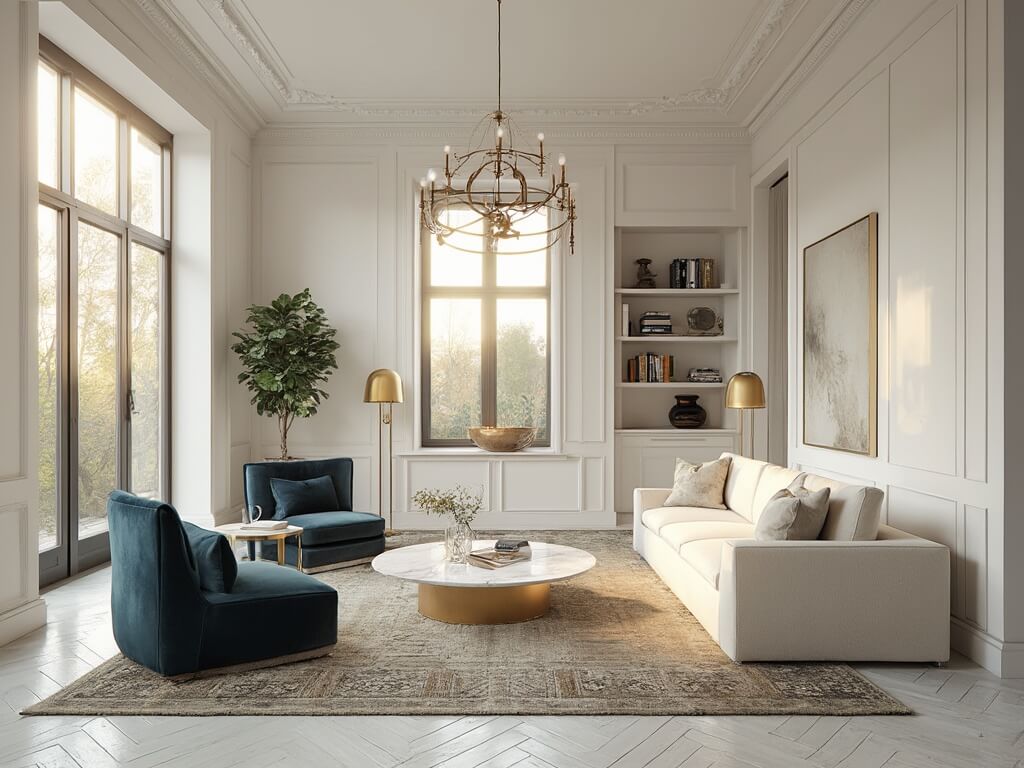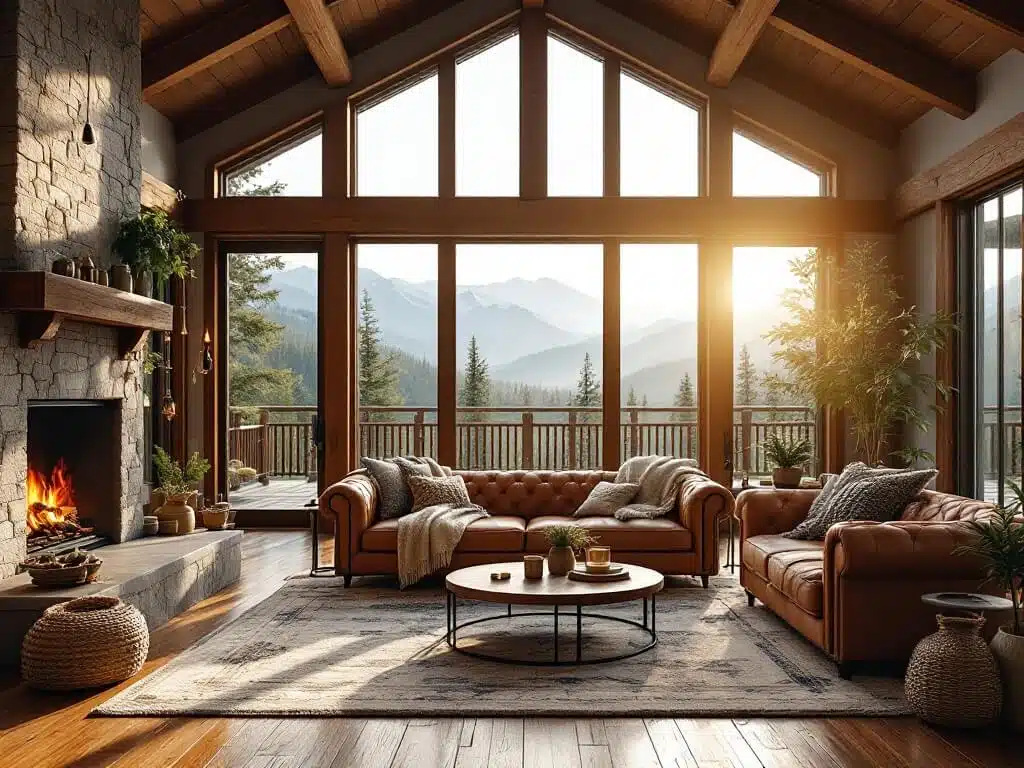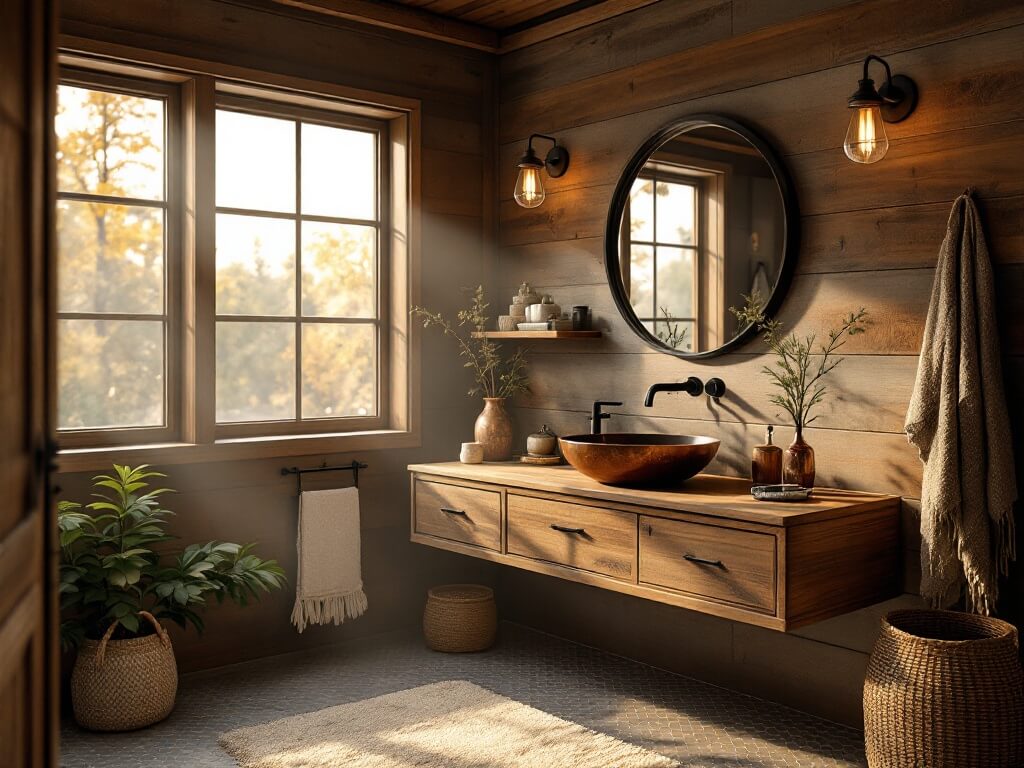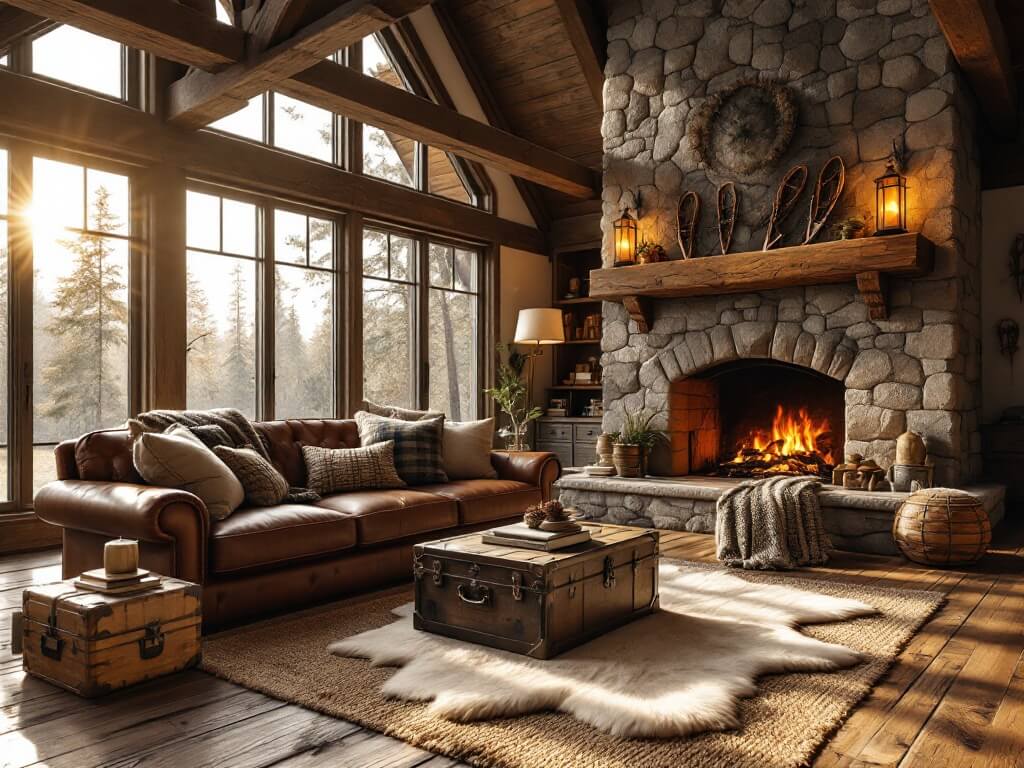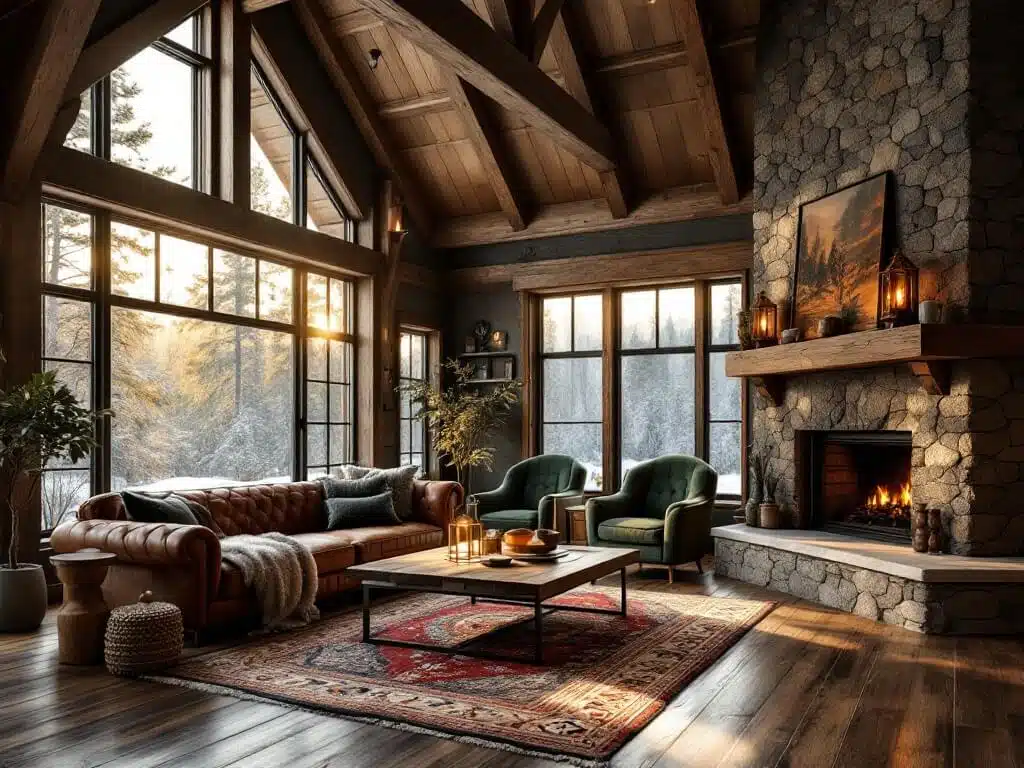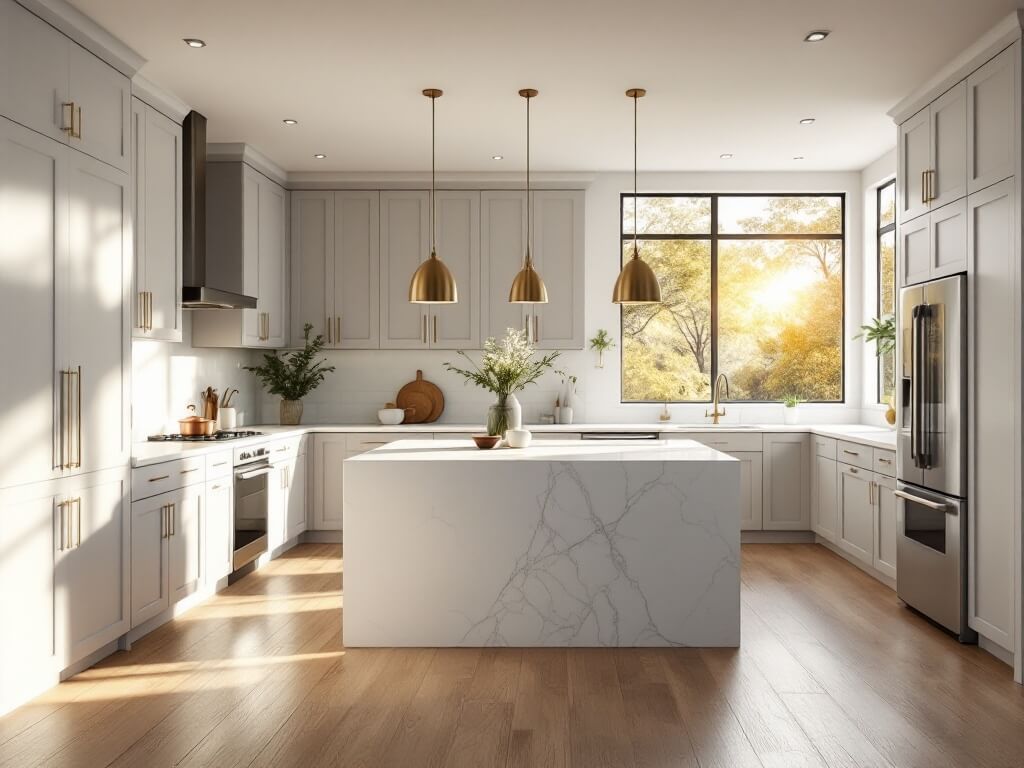Understanding Transitional Design: More Than Just a Trend
Hey there, design enthusiasts! Let’s dive into the world of transitional living rooms – the magical space where traditional charm meets modern sophistication.
What Makes Transitional Design Special?
- Seamlessly blends classic and contemporary styles
- Creates a timeless, versatile living space
- Offers flexibility for personal expression
- Works with almost any home architecture
The Color Palette: Neutrals Are Your Best Friend
Forget bold, screaming colors. Transitional design whispers elegance through a carefully curated neutral palette.
Color Essentials:
- Base colors: White, beige, taupe, soft grays
- Accent hues: Muted earth tones
- Accent pops: Soft blues, gentle greens
- Key rule: Keep it subtle, keep it sophisticated
Furniture: The Backbone of Transitional Style
Your furniture tells a story of balance and harmony. Think clean lines with soft curves, modern shapes with traditional comfort.
Furniture Selection Checklist:
- Sofa: Clean-lined, but with plush cushions
- Accent chairs: Mix geometric shapes with rounded edges
- Coffee table: Simple silhouette, versatile materials
- Avoid: Overly ornate or ultra-minimalist pieces
Texture: The Secret Weapon of Transitional Design
Texture transforms a flat design into a living, breathing space.
Texture Layering Techniques:
- Throw pillows with varied fabrics
- Wool or silk area rugs
- Knitted throws
- Mix smooth (glass, metal) with soft (velvet, linen)
Lighting: Creating Atmosphere and Depth
Lighting isn’t just functional – it’s a design statement.
Lighting Strategies:
- Statement floor lamps with simple shapes
- Soft, diffused lighting
- Metallic accents in light fixtures
- Avoid: Overly ornate or ultra-modern designs
Styling Tips: The Art of Curated Simplicity
Less is more in transitional design. Each piece should breathe and have purpose.
Styling Dos:
- Use asymmetrical arrangements
- Create visual balance
- Display minimal, meaningful decor
- Incorporate organic elements like plants
Budget-Friendly Transformation Tips
You don’t need a massive budget to achieve a transitional look.
Budget Hacks:
- Thrift unique accent pieces
- DIY art for personal touch
- Rearrange existing furniture
- Use paint to update tired furniture
- Shop sales for statement pieces
Common Mistakes to Avoid
Transitional Design Pitfalls:
- Overcrowding the space
- Mismatched color schemes
- Ignoring proportion and scale
- Too much symmetry
- Lack of personal character
Final Thoughts: Your Space, Your Story
Transitional design isn’t about perfection. It’s about creating a space that feels effortlessly comfortable, beautifully balanced, and uniquely you.
Pro Tip: The best transitional rooms tell a story – your story.

